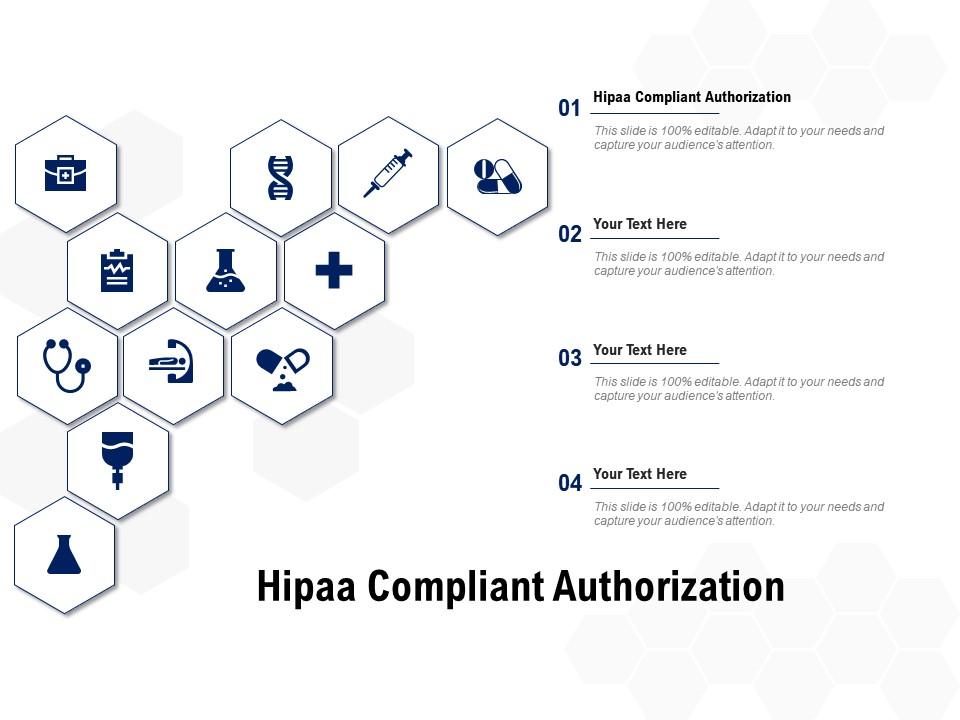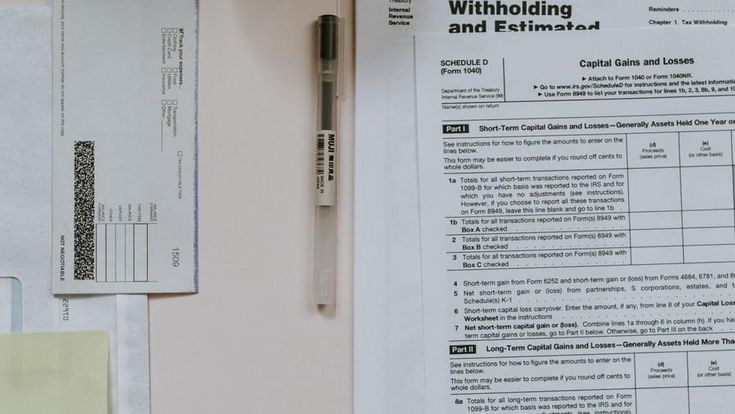3 Must-Know Tips for HIPAA Paperwork Transport in 2016

If you're a healthcare provider or part of a medical institution, you are no doubt familiar with the Health Insurance Portability and Accountability Act (HIPAA). Enacted in 1996, HIPAA establishes national standards for the protection of personal health information, ensuring its confidentiality, integrity, and availability. When it comes to the physical transport of HIPAA paperwork in 2016, there are specific practices and tips that must be followed to ensure compliance. Here are three crucial tips that every healthcare entity should know:
1. Secure Containers and Lockable Transport Methods

One of the most fundamental ways to ensure the security of HIPAA paperwork during transit is by using secure containers and lockable transport methods:
- Secure Containers: Use tamper-evident or locked boxes to transport sensitive documents. This physical security measure is crucial to deter unauthorized access.
- Lockable Vehicles: If the transport involves vehicle travel, make sure the vehicle used has a secure, lockable trunk or storage area. A van or car with a key lock is preferable over a standard vehicle with just a trunk lid.
- Segregation: HIPAA paperwork should be segregated from other non-confidential materials during transport to minimize the risk of inadvertent exposure.
- Courier Services: If using a courier, ensure they are HIPAA-compliant or have a history of dealing with sensitive materials.
⚠️ Note: Remember that the container or vehicle should always be under direct supervision or in a locked state when unattended.
2. Training and Awareness for Staff Involved

Proper training and awareness are pivotal for ensuring that everyone involved in the transport of HIPAA documents understands their responsibilities:
- Regular Training: Conduct regular training sessions to remind staff of HIPAA compliance protocols, focusing on transport security measures.
- Accountability: Staff should be made accountable for any breach during transport, encouraging diligence.
- Incident Response: Equip staff with knowledge on how to respond to potential security incidents, like lost paperwork or unauthorized access attempts.
- Transport Logs: Use transport logs to record who is transporting the documents, the method of transport, and the destination. This can be useful for tracking in case of an incident.
📝 Note: Consider role-playing scenarios in training sessions to help staff prepare for real-life situations.
3. Chain of Custody Documentation

A meticulously documented chain of custody is not just a best practice; it’s often a legal necessity:
- Detailed Records: Maintain a chain of custody form that details every person who handles the paperwork from origin to destination.
- Timestamping: Each transfer of custody should be timestamped, providing a clear timeline of the document’s journey.
- Signatures: Ensure each person signs off when they take responsibility for the documents, acknowledging receipt and transfer.
- Secure Storage: Once the documents reach their destination, they should be immediately stored in a secure, HIPAA-compliant environment.
These practices not only ensure compliance with HIPAA but also mitigate potential risks associated with sensitive information leaks. In today's healthcare landscape, with cyber threats and data breaches on the rise, adhering to these transport protocols is more critical than ever. Ensuring the physical security of your patient records in transit is just as important as securing them electronically. By following these tips, you reinforce your institution's commitment to protecting patient privacy and maintaining compliance with HIPAA regulations.
What should I do if a HIPAA document is lost during transport?

+
Immediately report the loss to your HIPAA privacy officer, initiate an investigation, and if necessary, notify affected patients and regulatory bodies. Follow your organization’s breach notification protocol.
Can I use a regular mailing service to send HIPAA paperwork?

+
While mailing HIPAA documents through a regular service is permissible, extra measures must be taken, such as using certified mail, return receipt requested, to ensure secure delivery and tracking.
Is it necessary to train staff who transport HIPAA paperwork?

+
Yes, regular training is essential to ensure all staff members understand HIPAA regulations and know how to handle, transport, and secure sensitive documents properly.